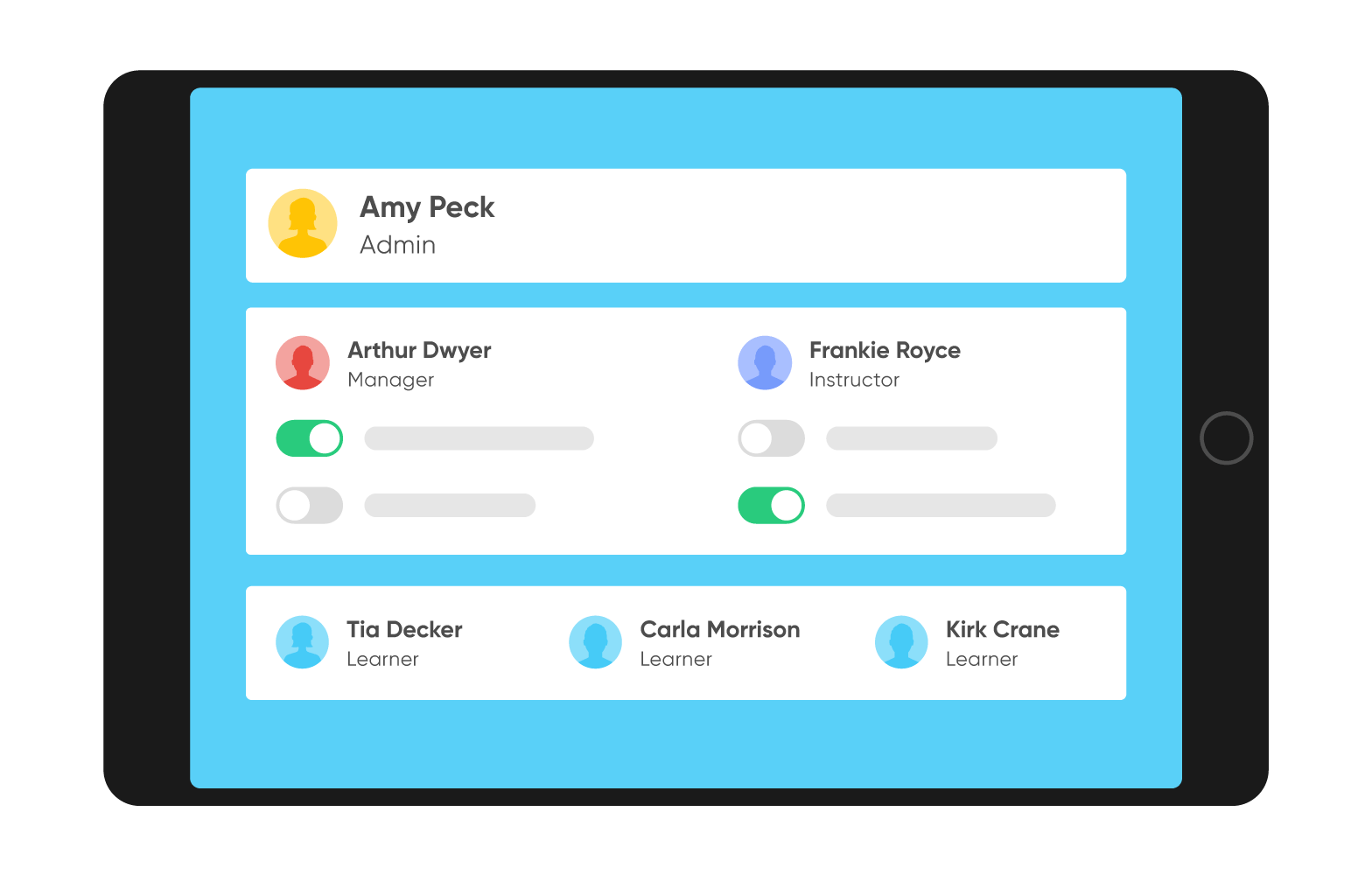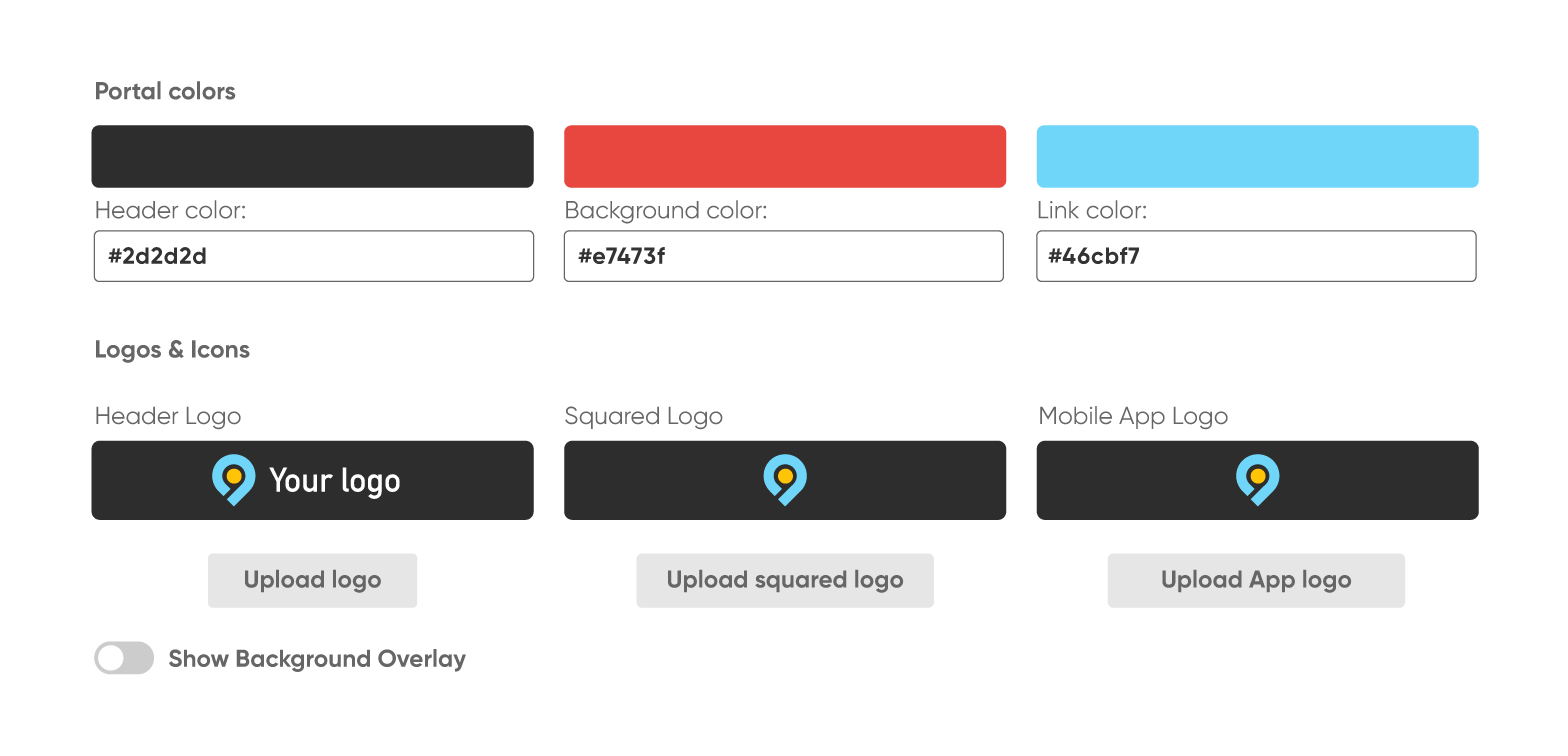
5 min reading time
The Ultimate LMS Implementation Checklist
Training your employees, partners, and customers is one of the best initiatives your business can undertake. Not only can a learning management system (LMS) centralize your training, it can also save you time and lower training costs. It’s essential to get it right. Which is why we’ve created an LMS implementation checklist to help you launch your LMS.
There’s no question that storing your course content, data, and training materials all in one place, will help to streamline your training strategy. Along with this, using an LMS to automate training management reduces time spent on manual admin tasks. Combine these with the costs you save on instructors, training days, travel expenses, and more, and you’ll wonder how you ever lived without an LMS!
So, once you’ve chosen your learning management system, how do you go about successfully implementing it?
Your need-to-do LMS implementation checklist
1. Schedule your launch date
When should you launch your LMS? Setting the date depends on the sophistication of your implementation, your content needs, security processes, and more. So, make this a realistic goal and set expectations for your stakeholders. Again, depending on your needs, an implementation timeframe can vary greatly. We find it generally takes one to two months.
When picking a launch date, consider what your training is for. If you’re looking to train employees or partners in compliance, you’ll likely have a hard roll-out date. However, it’s always smart to have a goal to work towards. If your organization has a more relaxed timeframe, set a soft roll-out date. Having a date, even a general one, helps you to stay on track and organized throughout the implementation of your LMS.
2. Set your KPIs
Key performance indicators (KPIs) are essential for all organizations. Having KPIs means you can measure your results, enabling you to assess performance, with the intention of improving it over time.
KPIs can be difficult to set, especially if you don’t have any previous data to go on. Consider what you want your LMS goals to be. These goals could be anything from achieving a 100% course completion rate for compliance, to increasing course engagement rates.
If you’re unsure of how to set these, chat with your Customer Success Manager. They’ll help bring some clarity.
3. Make decisions
You’re going to have to make a lot of feature-focused decisions when launching your LMS. Don’t let this put you off though. Not every LMS feature is going to be a must-have, so make a list of the essential ones your organization will need.
One of the first decisions will be how you’re planning on adding users to your LMS. Will you integrate your HR system, or batch upload using a CSV file?

You may also have a nice-to-have features list that you plan to set up post implementation. For example, maybe you want to facilitate social and informal learning through an LMS forum, enabling your employees to support, and share knowledge with their peers. But, on reflection, you know your company culture nurtures a healthy sense of competition, so gamification is a better feature for you to have set up and ready for launch.
4. Will you integrate third-party systems?
Integrating your existing systems with your new LMS is beneficial for your organization. Take your CRM or HR system – by integrating this with your LMS, you can easily add or remove new or existing users. So, if you have a new hire in the Sales Department or a new customer signs up, your LMS automatically pulls their data in, and enrolls them into the relevant courses. They’ll also get an automatic notification to tell them they’ve got training to do.
5. Plan your portal structure
Learning portals are unique learning environments, like “mini” LMSs, that allow you to control, manage and deliver training to your employees, partners, and customers.

They work by having a single top-level portal that acts as your LMS’s control room. Under this top-level portal are sub-portals, which the top-level portal has autonomy over.
If you decide to use this feature, you’ll have to figure out the optimal structure of your portals. This is crucial if you’re going to have more than one portal – you’ll have to choose which portal will be your top-level portal, then name it, brand it, and use it to control the other portals. You’ll also have to select admins and managers for each portal.

6. Get your team together
Certain types of LMSs give you the ability to have different user roles within your platform – Admins, Managers or Instructors. If you have this capability, you’ll have to decide:
- What roles will different users have in the LMS?
- What level of access will be granted to the users?
Admins sit at the top access level for both the top-portal and sub-portals, and grant access to other users. Managers look after and run reports on the training. Lastly, Instructors carry out the training within the portals.
Once you have these roles planned out, it’s up to you to decide how, or if, they’ll help with the implementation and launch of your new LMS. Will they be responsible for the implementation of their respective learning portals? Do they know how to brand the portal and choose the right course content to upload? Do they have time to complete these tasks before the launch date?
7. Have your course content ready
This is one of the most essential items to tick off your LMS implementation checklist – with no content, you’ll have no courses. Firstly, identify what type of content you’re going to use. Will you be uploading SCORM or using existing content like Word documents, PDFs or videos? Or are you going for a more mixed approach, like using a trusted third party’s content?
It’s key to make courses engaging and accessible. To keep engagement high, talk to your employees and managers for feedback on your current training materials. By completing this simple exercise, you’re giving your organization a chance to voice their opinions and feel included, all the while gathering valuable information to help launch your organization’s new LMS.
All of your content needs to be optimized for all device types. With mobile devices playing such a big role in our lives, it’s just good practice to have a responsive LMS with course content suitable for all devices.
Blended learning, combining traditional, face-to-face learning with eLearning methods, like webinars, is another great way to keep your learners engaged.
8. Test it out
KPI’s set, team chosen, portal structure planned, content finalized, now what? It’s time for launch.
We always advise facilitating a test launch after you’ve completed the above LMS implementation steps. Imagine launching and then realizing your learners aren’t being enrolled in the correct courses, or your course content isn’t responsive on mobile. Therefore, a pre-launch test will help prevent any issues from occurring on the actual launch date.
If you’re finding any part of the implementation process difficult, lean on your LMS provider’s customer support. They should be happy to help you get off to a great start.
After your LMS implementation phase
Launching your LMS is just the beginning – continuous improvement and investment are necessary to ensure you achieve those all important KPIs. Thanks to LMS reporting features, you’ll be able to track what content works for each course, gather learner feedback, and monitor course completion rates. Having this insight enables you to keep improving training program performance for your organization, while optimizing the learning experience for your learners.
Finally, don’t be afraid to evolve and expand. Right now you could be training your employees, with plans to train your partners or customers with the same LMS in the future. Just make sure you’ve got an LMS implementation checklist in place for launching programs to your new training audiences!
Are you about to implement an LMS or have you previously launched a new LMS? Share your thoughts and tips in the comments below.



